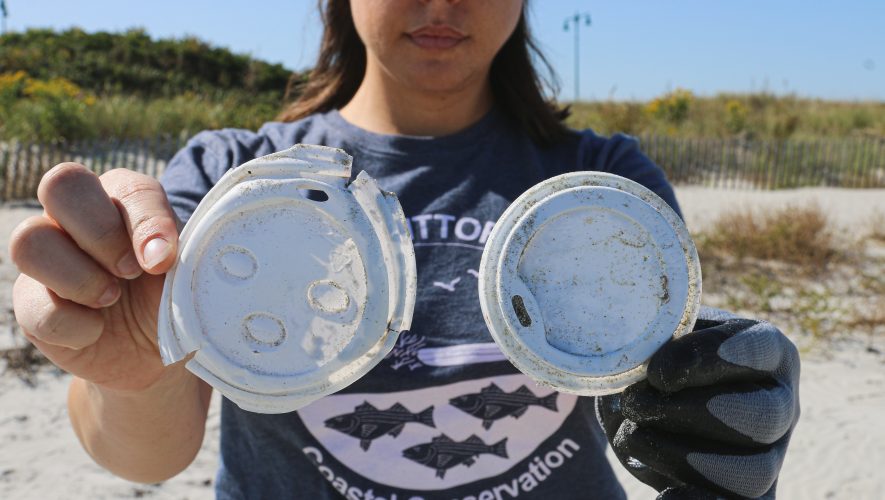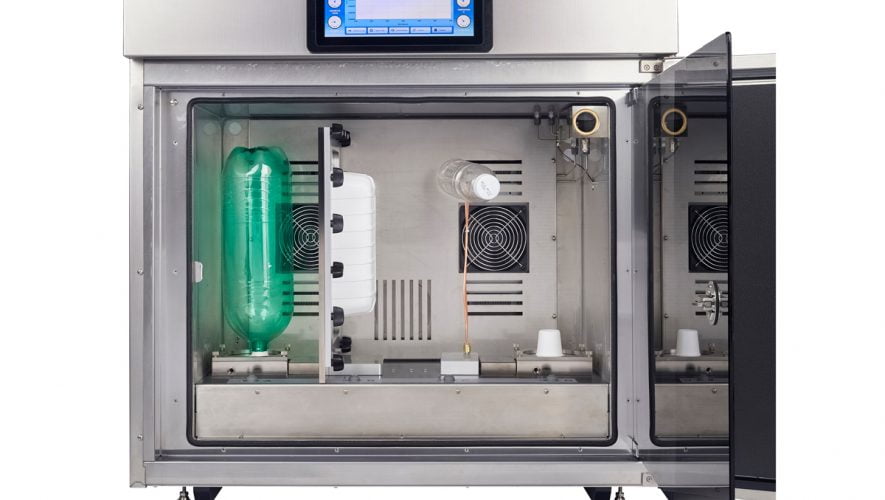New research results under the direction of Dr. Christian Reynolds of the Center for Food Policy suggest that the way we cook can have a huge impact on the environment
For many people, the Christmas days this year will look very different than usual. However, there are also positive changes that you can indulge in. Especially when you think about what to put on the Christmas table and how to prepare it.
Sustainable dietary recommendations advise reducing meat consumption and increasing the consumption of locally and seasonally sourced vegetable proteins, fruits and vegetables. These small changes in diet are known to be good for not only health, but the environment as well.
However, new research published in the journal Nature Food suggests the greenhouse gas (GHG) emissions that various cooking methods can produce and which can also have a major impact on the environment.
The study was conducted by Dr. Christian Reynolds , Senior Lecturer at the Center for Food Policy, City, University of London, and Visiting Lecturer at the Institute of Sustainable Food, University of Sheffield, chaired in collaboration with colleagues from Brunel University London and the University of Manchester.
Dr. Reynolds stated: “Estimates of food-related GHG emissions usually only take into account the supply chain through to the retail and purchasing phases. However, our research has shown that consumption can contribute up to around 60 percent of total emissions for the entire life cycle of certain foods. By reducing these processes, the environmental damage can be reduced.”.
Its co-author, Professor Sarah Bridle of the University of Manchester, said: “A lot of people worry about what kind of food they eat or how it is packaged or transported, but with climate change sometimes it is more important to think about how the food is prepared.
Our studies have shown that up to 60 percent of the climate impact of food can be caused by cooking – especially in the case of the most climate-friendly foods such as vegetables when they are baked in the oven. In contrast, devices such as microwave ovens and pressure cookers are generally used less long, so they use less energy and contribute much less to climate change. “
Reduce your meat consumption
Producing and consuming one kilo of protein from meat products can cause more greenhouse gas emissions than a passenger flying from London to New York. One kilogram of beef protein raised on a UK mountain farm can produce the equivalent of 643 kg of carbon dioxide, but one kilogram of lamb protein produced in the same place can produce even more at 749 kg, largely due to the long cooking times in the Oven is due. However, according to Dr. Reynolds says to throw away the whole turkey because the good news for traditionalists is that turkey has fewer greenhouse gas emissions than other meats, so it is still a better choice for Christmas dinner. Of course, trying one of the many meat-free alternatives available now will have an even bigger impact.
Reduce your food waste
Is a whole turkey required? Maybe not for a small family, but one solution is to keep portion sizes small, with minimal leftovers, and try not to be over-ambitious with the number of dishes prepared, as food waste also has a huge impact on the environment. Dr. Reynolds suggests buying smaller mini roasts or turkey crowns and splitting the servings of dark and white meats, as smaller roasts also cook faster, reducing the environmental impact of roasting in the oven.
Reduce the time it takes to cook
Not just the food, but the way you prepare it has an impact on GHG emissions, with ovens being the worst culprit in the kitchen, largely due to the long cooking times and high energy demands involved in roasting meat.
Shortening the cooking time can help reduce GHG emissions. Partially cooking food in the microwave can reduce the time it takes to cook in the oven without significantly affecting the taste or texture. The research found that the effects of microwave cooking, steaming, and boiling in reheating, thawing, and preparing vegetables, fruits, eggs, and fish are similar, while retaining more water-soluble vitamins and minerals.
There is also a way you can cut the environmental impact of roasting a turkey in half on Christmas Day. In “Sous vide”, which means “under vacuum” in French, the roast is placed in a vacuum-sealed plastic bag and immersed in a heated water bath for eight hours until the internal temperature of the roast is between 55 ° C (white meat) and 75 ° C (dark meat) lies. The roast is then unpacked and placed in a hot pan to grille its surface, which will retain its texture and taste.
Dr. Reynolds added, “Our results underscore the importance of looking at the entire life cycle of food when assessing the environmental impact of our supply chains since consumption alone is such a significant contributor to greenhouse gas damage in the environment. We know that home cooking can reduce GHG emissions by choosing the foods we eat and by minimizing cooking time and the use of appliances. Even the combination of a more environmentally friendly cooking method.”
Dr. Ximena Schmidt, Global Challenges Research Fellow at Brunel University, said, ” As a society, we are changing our practices and behaviors to reduce our impact on climate change. When it comes to food, we are more aware of where and how our food is produced what kind of packaging is used and even about animal welfare. Some are also trying to reduce meat consumption and researching plant-based alternatives, but no one is talking about what happens at home – how we cook our food. Our research found that our cooking practices can increase the effects of food by up to 61 percent, with using the oven being the most effective practice. That’s pretty timely when we think about how Christmas dinner is cooked. Perhaps this year we should try more sustainable cooking practices – for example pre-cooking food in the microwave or on the stove and then using the oven, or consider using energy-saving appliances such as slow cookers or pressure cookers. If not for Christmas, it could be a nice New Year’s resolution! “



